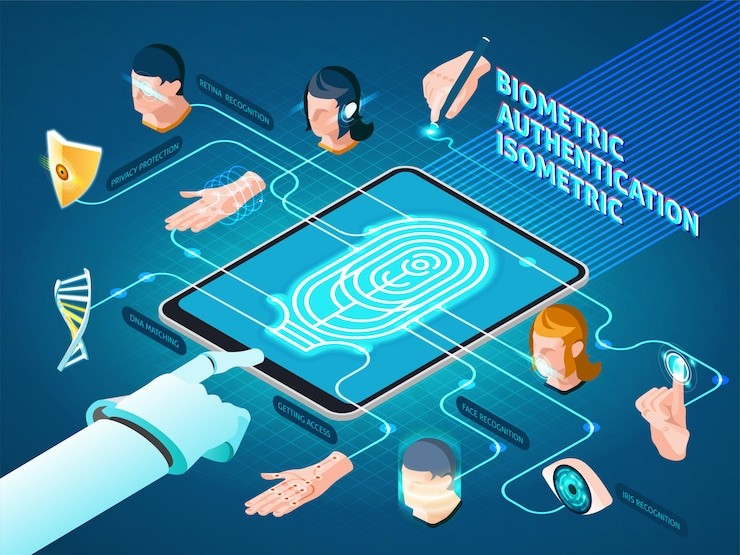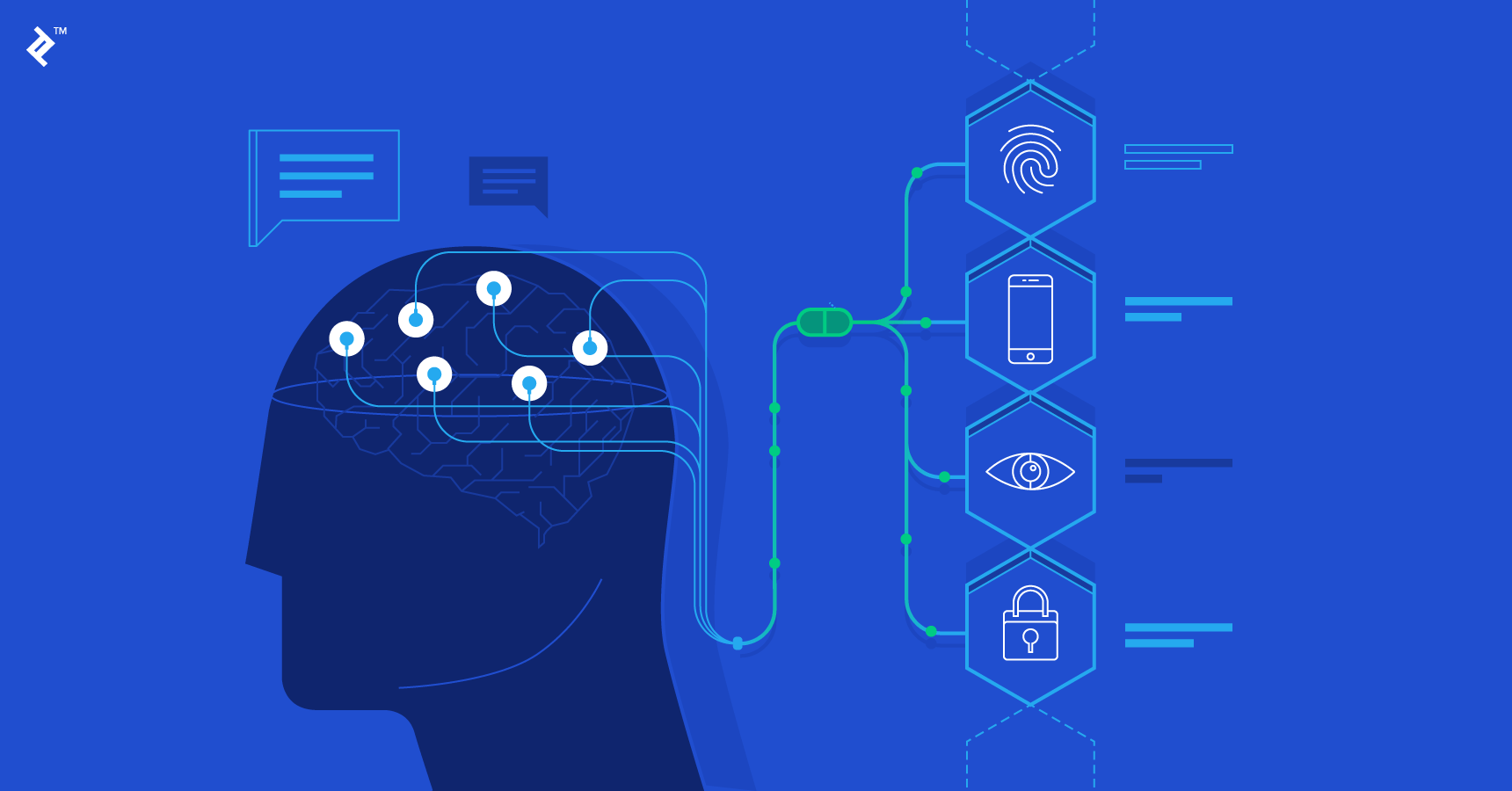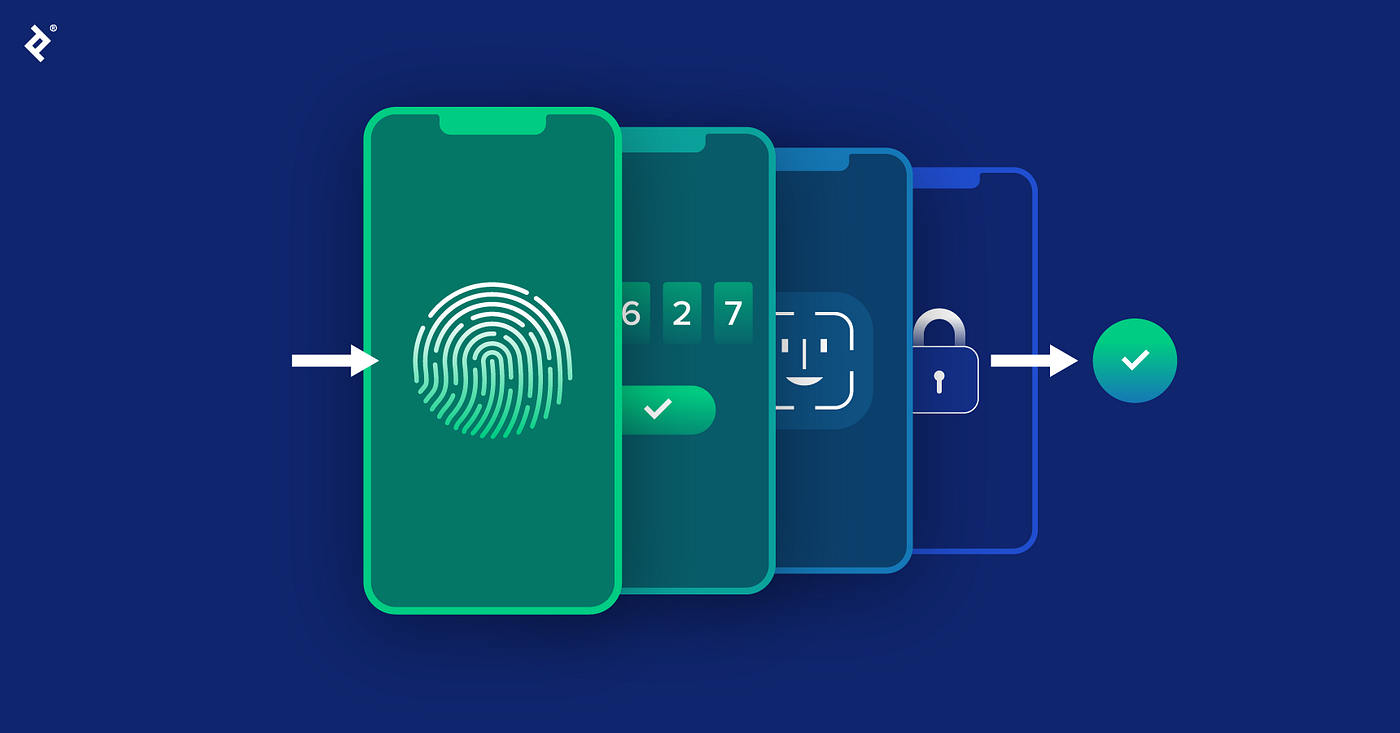Introduction:
Biometric design represents a cutting-edge approach that integrates insights from human physiology and behavior into the design process. By leveraging biometric data and principles, designers can create products, interfaces, and experiences that are tailored to the unique needs and characteristics of users. This article explores the concept of biometric design, its applications across various industries, and the potential benefits it offers for enhancing user experiences.

Understanding Biometric Design:

Biometric design involves the use of biometric data, which includes physiological and behavioral characteristics such as fingerprints, facial features, voice patterns, and even heart rate variability. These unique biometric traits can be captured and analyzed to gain insights into users’ preferences, emotions, and cognitive responses.
Applications of Biometric Design:
Biometric design finds applications across a wide range of industries, including healthcare, finance, automotive, and technology. In healthcare, biometric design is used to develop personalized medical devices, wearable health trackers, and user-friendly interfaces for healthcare professionals. In finance, biometric authentication methods such as fingerprint scanning and facial recognition are becoming increasingly common for secure transactions. Automotive companies are exploring biometric sensors to enhance driver safety and comfort, while technology firms are incorporating biometric features into smartphones, smartwatches, and other gadgets.
Benefits of Biometric Design:
One of the key benefits of biometric design is its ability to create personalized and intuitive experiences for users. By understanding users’ biometric data, designers can tailor products and interfaces to meet their specific needs and preferences. Biometric design also offers enhanced security and authentication capabilities, reducing the risk of unauthorized access and identity theft. Additionally, biometric interfaces can be more inclusive and accessible, accommodating users with disabilities or special needs.
Challenges and Considerations:
Despite its potential benefits, biometric design presents certain challenges and considerations. Privacy concerns are a major consideration, as the collection and storage of biometric data raise ethical and legal issues related to user consent and data protection. Designers must also ensure the accuracy and reliability of biometric systems, as errors or false readings can undermine user trust and confidence. Moreover, biometric design should be inclusive and considerate of diverse user populations, avoiding biases or discriminatory practices.
Future Directions:
As technology continues to advance, the field of biometric design is expected to evolve and expand. Future developments may include more sophisticated biometric sensors, enhanced data analytics algorithms, and seamless integration with artificial intelligence and machine learning technologies. These advancements have the potential to revolutionize the way we interact with technology and unlock new possibilities for human-centered design.
Ethical and Legal Considerations:
Explore the ethical dilemmas surrounding the collection and use of biometric data, such as concerns about consent, privacy, and data security. Discuss the regulatory landscape governing biometric design and highlight best practices for compliance with relevant laws and standards.

User Experience Optimization:
Delve deeper into how biometric design can improve the overall user experience by providing seamless and intuitive interactions. Discuss how biometric authentication methods can enhance convenience and accessibility for users, reducing the friction associated with traditional login procedures.
Personalization and Customization:
Emphasize the role of biometric design in creating personalized and customizable experiences for users. Highlight examples of how biometric data can be leveraged to tailor product features, content recommendations, and user interfaces to individual preferences and characteristics.
Emotional Engagement:
Explore the emotional dimension of biometric design and its impact on user engagement and satisfaction. Discuss how biometric sensors can detect subtle cues such as facial expressions, voice tone, and physiological responses, enabling designers to create emotionally resonant experiences that connect with users on a deeper level.
Healthcare Applications:
Provide specific examples of how biometric design is transforming the healthcare industry, from personalized treatment plans based on genetic data to remote patient monitoring using wearable biometric sensors. Highlight the potential of biometric design to revolutionize healthcare delivery and improve patient outcomes.
Accessibility and Inclusion:
Stress the importance of designing biometric systems that are inclusive and accessible to users of all abilities. Discuss strategies for mitigating bias and ensuring equitable access to biometric technologies, particularly for marginalized or vulnerable populations.
Collaboration and Interdisciplinary Approach:
Advocate for collaboration between designers, engineers, data scientists, healthcare professionals, and other stakeholders in the development of biometric design solutions. Highlight the value of interdisciplinary collaboration in addressing complex challenges and unlocking new opportunities for innovation.
Case Studies and Success Stories:
Provide real-world examples of organizations that have successfully implemented biometric design principles to enhance their products and services. Highlight the measurable benefits achieved, such as improved user satisfaction, increased efficiency, and enhanced security.

Privacy-Preserving Techniques:
Discuss innovative approaches to biometric design that prioritize user privacy and data protection. Explore techniques such as federated learning, homomorphic encryption, and differential privacy, which allow for the analysis of biometric data without compromising individual privacy.
Behavioral Biometrics:
Explore the emerging field of behavioral biometrics, which analyzes patterns in user behavior such as typing cadence, mouse movements, and touchscreen interactions. Discuss how behavioral biometrics can complement traditional physiological biometrics and offer additional layers of security and authentication.
Cross-Cultural Considerations:
Highlight the importance of considering cultural differences and norms when designing biometric systems for global audiences. Discuss how cultural factors such as language, gestures, and social norms can impact the usability and acceptance of biometric technologies in different regions.
Transparency and Explainability:
Emphasize the need for transparency and exploitability in biometric design, particularly in high-stakes applications such as law enforcement and national security. Discuss the importance of providing users with clear explanations of how their biometric data is collected, stored, and used, as well as mechanisms for recourse in case of errors or misuse.
Continuous Authentication:
Explore the concept of continuous authentication, which monitors users’ biometric signals in real-time to verify their identity throughout the duration of a session or interaction. Discuss the potential applications of continuous authentication in enhancing security for online transactions, access control systems, and IoT devices.
Biometric Art and Expression:
Consider the intersection of biometric design with art and expression, exploring how artists and designers are using biometric data as a medium for creative expression. Discuss projects that incorporate biometric sensors, data visualization techniques, and interactive installations to engage audiences in thought-provoking experiences.
Ethnographic Research:
Highlight the value of ethnographic research in understanding the cultural, social, and psychological factors that influence users’ interactions with biometric technologies. Discuss how ethnographic insights can inform the design of more culturally sensitive and user-centric biometric systems.
User Empowerment and Control:
Advocate for empowering users with greater control over their biometric data and identities. Discuss strategies for enabling users to manage their biometric profiles, set privacy preferences, and revoke consent for data sharing, thereby fostering trust and accountability in biometric systems.
Biometric Design Education:
Address the need for education and training in biometric design principles and practices. Discuss interdisciplinary programs and initiatives that aim to equip designers, engineers, policymakers, and other professionals with the knowledge and skills needed to navigate the complex ethical, legal, and technical challenges of biometric design.
Future Directions and Ethical Imperatives:
Reflect on the ethical imperatives and societal responsibilities associated with biometric design. Discuss emerging trends, such as brain-computer interfaces, emotion recognition technologies, and genetic biometrics, and consider the ethical implications of their widespread adoption.
Conclusion:
- All Posts
- Uncategorized

Dr. Daniel Davidson, MD, MBA Introduction: The goal of success for businesses nowadays is to establish a global brand because…

Dr. Daniel Davidson, MD, MBA Introduction: Stem cells have captivated the imagination of scientists and the public alike for their…

Dr. Daniel Davidson, MD, MBA Introduction: Platelet-rich plasma (PRP), fat grafting, and dermal fillers made from natural sources are examples…
